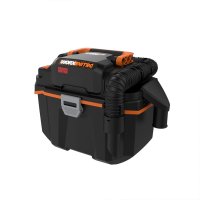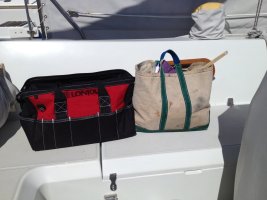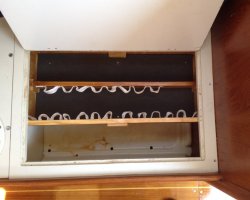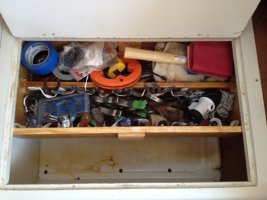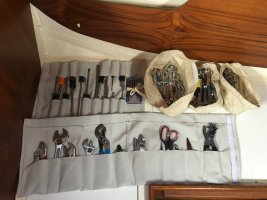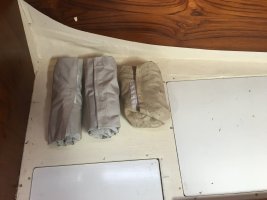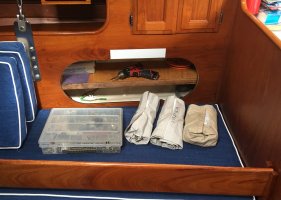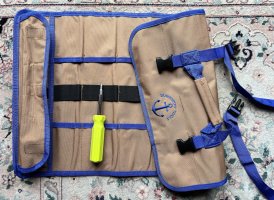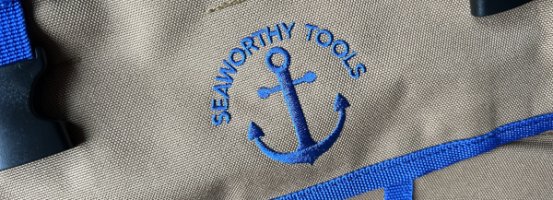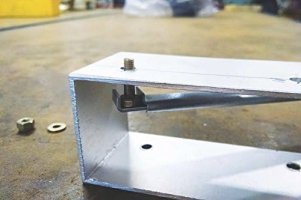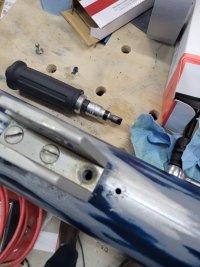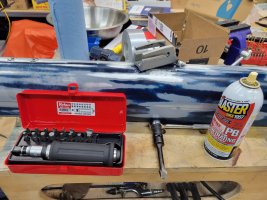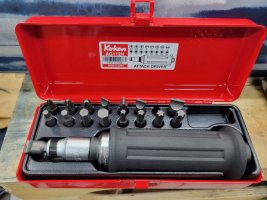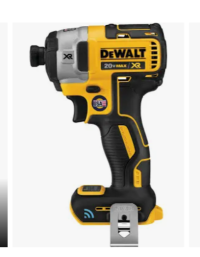Prairie Schooner
Jeff & Donna, E35-3 purchased 7/21
A smaller handheld bilge pump has been on my wish list for a while. Our three-foot-long pump does the job of emptying what the electric pump doesn't get into a bucket, but inside the saloon the size is really clumsy. Far more than that, something that has always irritated me about these pumps is when I finish the task, no matter which way I rotate and 'empty' them, they seem to pull a stream of icky water from another dimension and spray it in the worst places. It drives me nuts.
Recently I sprung for one of these:
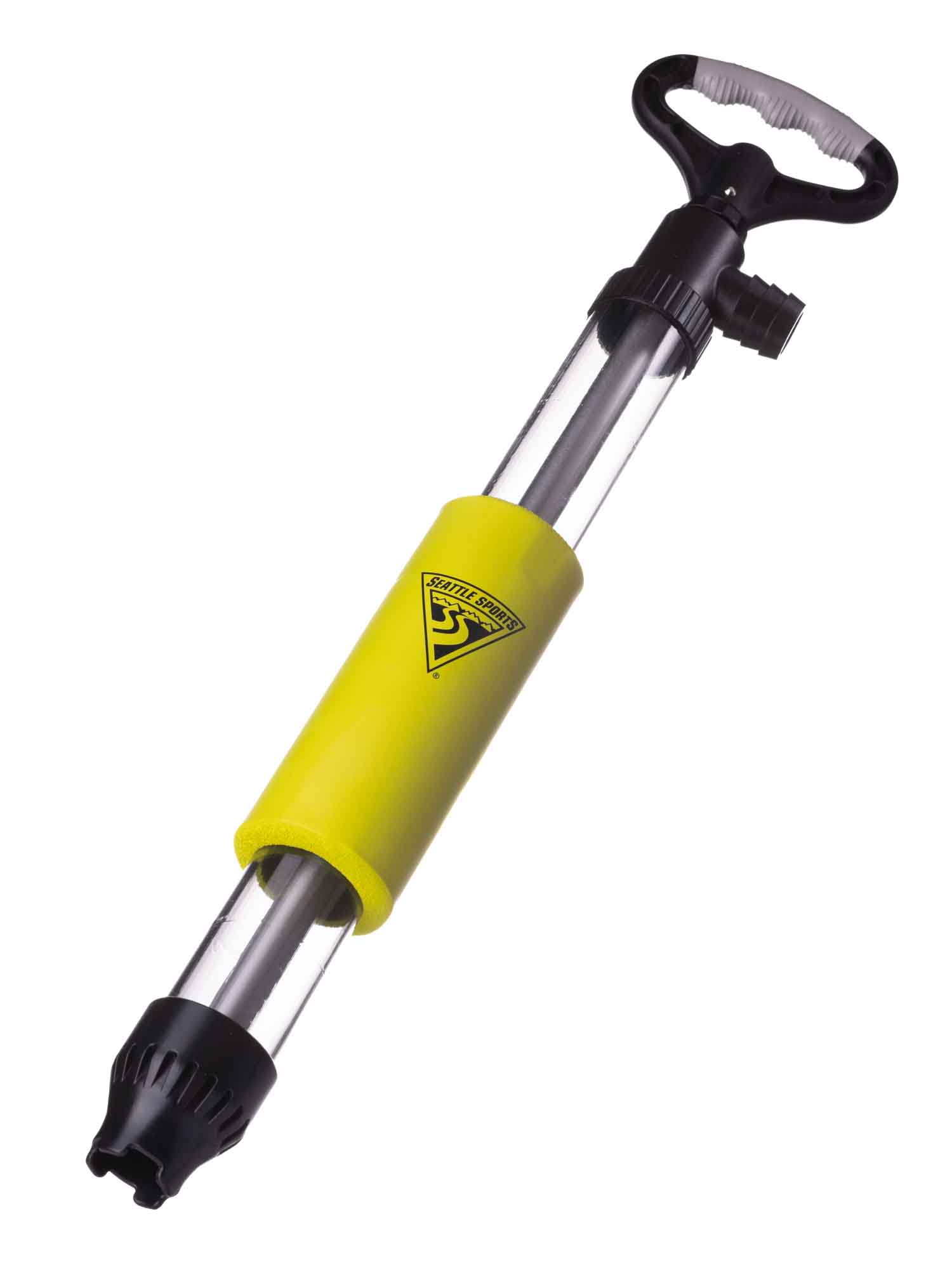
 www.seattlesportsco.com
www.seattlesportsco.com
It doesn't include hose which is fine because I added the clear vinyl section. Now I can tell if it's trying to hide a load ready to dowse the upholstery! Having used it a few times, I'm very pleased with its performance. It can be completely disassembled and they offer replacement internal parts. I took the yellow sleeve off ours. This pump is more pricey than other offerings, but seeing what's inside is definitely worth the extra cost for me.
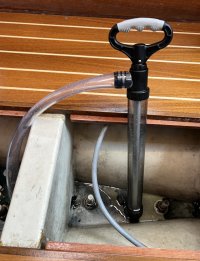
I'm not going to take the big hand pump off the boat, but this one has a sure home on Kismet.
Recently I sprung for one of these:

Breakaway Bilge Pump
The Breakaway Bilge Pump is a modular, easy-to-clean pump with a strong aluminum shaft, 8-gallon-per-minute capacity, and ergonomic handle for comfort.
It doesn't include hose which is fine because I added the clear vinyl section. Now I can tell if it's trying to hide a load ready to dowse the upholstery! Having used it a few times, I'm very pleased with its performance. It can be completely disassembled and they offer replacement internal parts. I took the yellow sleeve off ours. This pump is more pricey than other offerings, but seeing what's inside is definitely worth the extra cost for me.

I'm not going to take the big hand pump off the boat, but this one has a sure home on Kismet.
Last edited:

